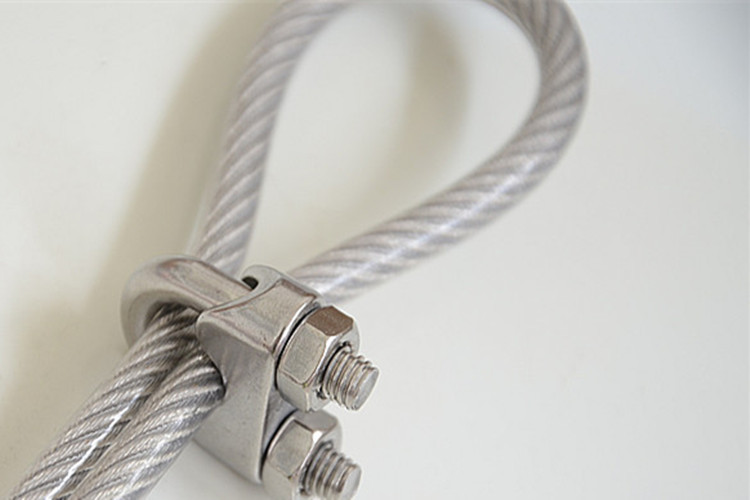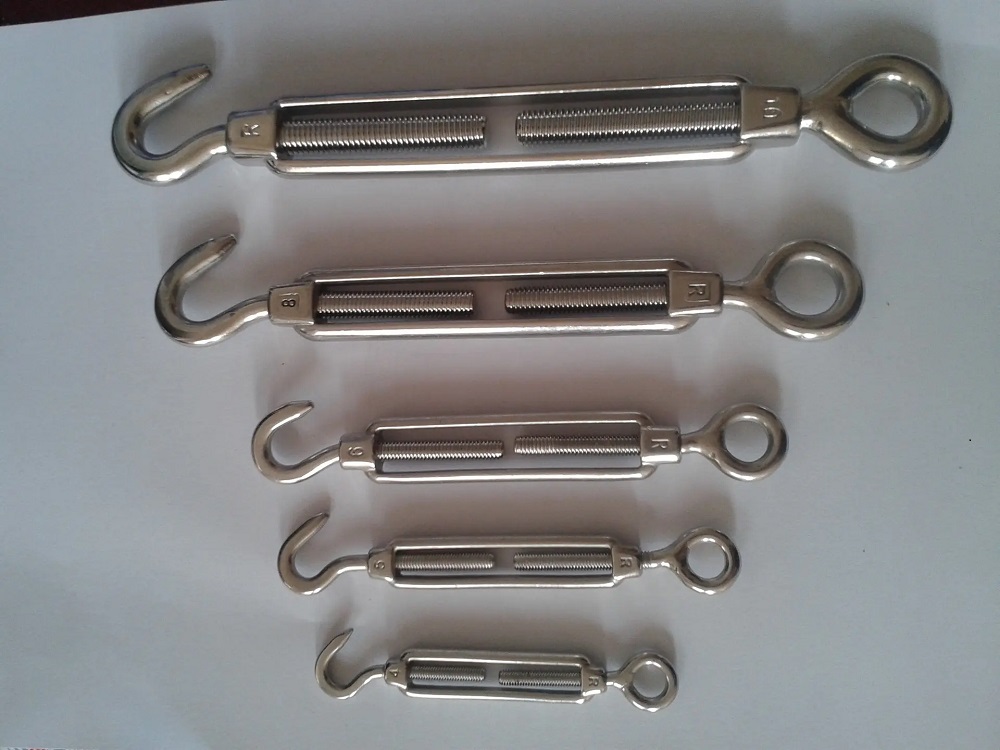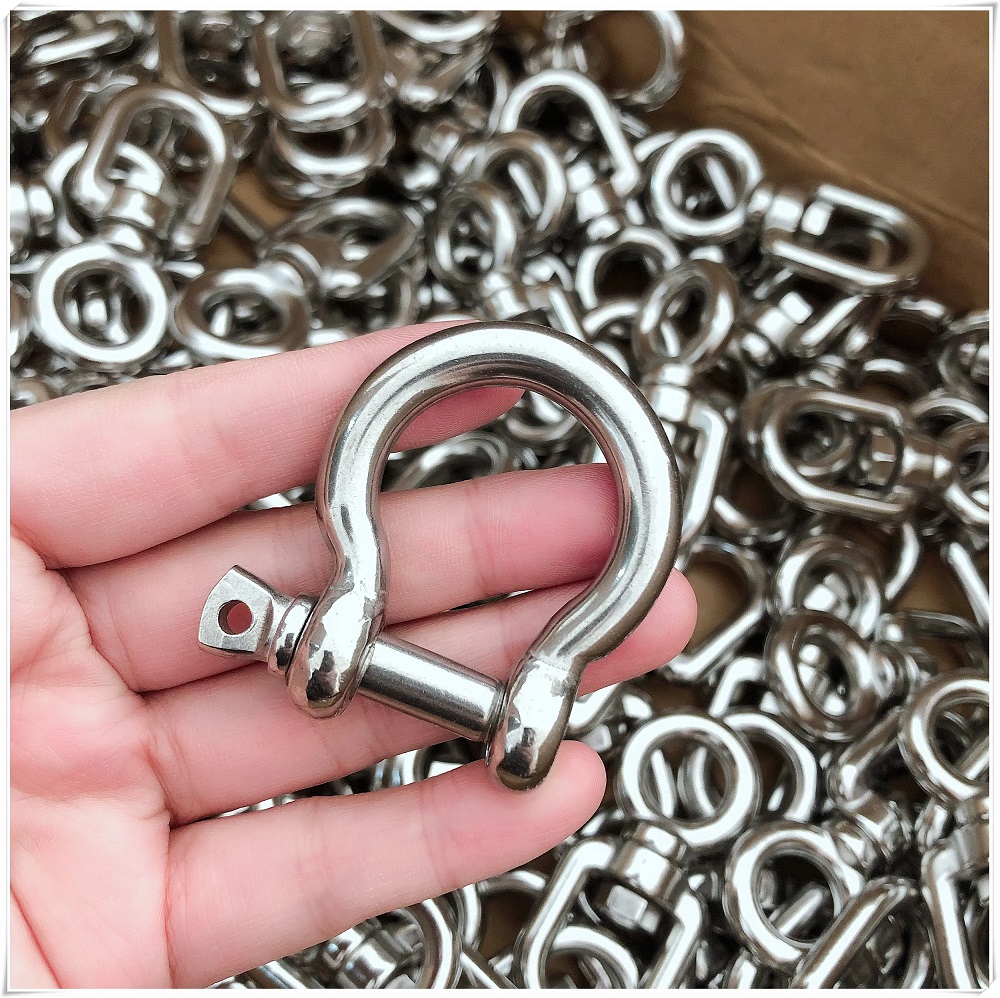News
Jan . 15, 2024 16:33 Back to list
What is Stainless Steel?
"Stainless Steel" is the general name for a large family of alloy steels that contain at least 10.5% chromium as part of their composition. At and above this level of chromium, a complex chrome-oxide surface layer forms that prevents further oxygen atoms from penetrating into the steel and thus protects the iron in the matrix from rusting. This layer is what makes the steel "stainless." Higher levels of chromium and the addition of other alloying elements such as molybdenum and nickel enhance this protective barrier and further improve the corrosion resistance of the stainless steel. There are many different types of stainless, but for rigging products, the most commonly used are the 300 series stainless steels (type 304 & type 316) - also known as the austenitic stainless steels.

What is The Difference Between Type 304 and Type 316 Stainless Steel?
316 stainless steel has molybdenum added to its alloy content during production. Molybdenum provides an even higher degree of corrosion resistance than 304 stainless steel. This is an advantage for objects that require resistance to extreme environmental conditions such as salt water, de-icing salts, brine solutions, or other chemical forms of chemical exposure. In laboratory and pharmaceutical settings, 316 stainless steel excels in resistance to acids, bromides, and iodides at high temperature.
It is difficult to tell the difference between 304 and 316 stainless steel by simply looking at the two. They both offer the same polished, chromed, grained, colored, or blasted appearance but 316 stainless steel costs more due to its enhanced chemical and production properties.


Because it is Stainless Steel, Doesn't That Mean it is Also Non-Magnetic?
Not necessarily so. In fact, Type 304ss often has a detectable magnetic draw. And it is possible for Type 316ss to have a very slight magnetic draw.
The reason for this is fairly technical, but it has to do with the amount of chromium in the alloy and the process in which the part was made. Type 304ss has less chromium than Type 316ss, and it is the chromium that affects the microstructure of the surface of the steel. Because Type 316ss has more nickel in it and the presence of this additional nickel serves to enhance the affect of the chromium in the steel, Type 316ss will have little to no detectable magnetic draw.
What typically can create a magnetic draw is cold working or welding of the metal. Cold working in the form of bending, forming or machining can cause a change in the microstructure on the surface of the metal and reduce the effect of the chromium layer that exists on the surface. And again, because Type 304ss has less nickel than Type 316ss, it is more susceptible to developing a degree of magnetism.

-
Unveiling the Power of Wire Rope Clips
NewsJun.03,2025
-
Wire Rope Thimble: The Smart Solution for Maximum Cable Longevity
NewsMay.09,2025
-
Tension Made Elegant: Discover the Strength of Stainless Steel Turnbuckle
NewsMay.08,2025
-
Secure Strength Redefined: Explore the Power of DIN 580 Lifting Eye Bolt
NewsMay.08,2025
-
Marine-Grade Strength and Versatility: Why Stainless Steel Quick Link Is Your Ultimate Connector
NewsMay.08,2025
-
Double Barrel Crimps: The Secure Choice for Durable Wire Rope Fittings
NewsMay.08,2025
